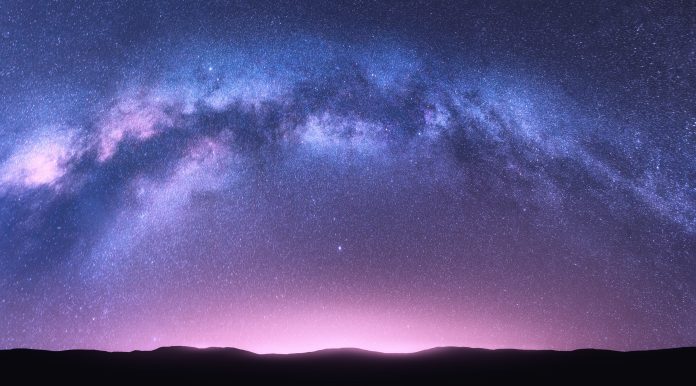The mysterious fast radio bursts (FRBs) in space now include lower frequency radio waves than scientists have ever detected – complicating their attempt to find the source
Researchers at McGill University researchers and members of Canada’s CHIME Fast Radio Burst collaboration have found that FRBs include radio waves at frequencies lower than ever detected.
What is the new discovery?
“We detected fast radio bursts down to 110 MHz where before these bursts were only known to exist down to 300 MHz,” explained Ziggy Pleunis, a postdoctoral researcher in McGill’s Department of Physics and lead author of the research.
“This tells us that the region around the source of the bursts must be transparent to low-frequency emission, whereas some theories suggested that all low-frequency emission would be absorbed right away and could never be detected.”
An ongoing astrophysics mystery about the source of these radio waves has now gained new possibilities.
Looking at 20180916B, aka, a source close to Earth
The study focussed on an FRB source first detected in 2018 by the CHIME radio telescope in British Columbia. Known as FRB, the source has attracted particular attention because of its relative proximity to Earth and the fact that it emits FRBs at regular intervals.
When CHIME teamed up with another radio telescope, LOFAR, or Low Frequency Array, in the Netherlands, they looked at FRB 20180916B, which was first discovered in 2018. This is a steady source of radio waves, and relatively close to Earth.
They found that while higher frequencies would reach CHIME, it would take another three days for the lower frequency radio waves to be picked up by the other telescope. This three day delay gives astrophysicists another clue about the source.
Co-author Daniele Michilli, also a postdoctoral researcher in the Department of Physics at McGill, said: “This systematic delay rules out explanations for the periodic activity that do not allow for the frequency dependence and thus brings us a few steps closer to understanding the origin of these mysterious bursts.”
What are the two existing source theories?
One theory is that they’re similar to gamma-ray bursts (GRBs), the most powerful explosions in the universe. The other theory compares them to radio pulsars more, which are spinning neutron stars that emit bright, coherent radio pulses. The GRB-like models predict a non-varying polarisation angle within each burst whereas the pulsar-like models predict variations of the polarisation angle.
Astrophysicist Bing Zhang, discussing a separate study on the mysterious waves, said: “The mechanisms of producing FRBs are greatly narrowed down. Yet, many open questions remain.
“This will be an exciting field in the years to come.”











